Researchers Created Eye-Tracking Glasses That Automatically Focus
Viswamitra Jayavant - Jul 11, 2019

Called an ‘autofocals’, the pair of smart glasses is still in its prototype phase. It utilizes a pair of lenses filled with fluid that can automatically adjust themselves to be thicker or thinner to adjust their focal distance.
- Japanese Firm Introduces Smart Glasses That Can Cure Myopia
- Lenovo Introduces Smart Glasses That Can Project PC Screens In Midair
- This Unique Laser Machine Is A Mosquito Detector
If you’re still young, you can still be happy with relatively healthy eyesight. But by the time you reach your 40s, it’s probable that your eyes will have a common condition called presbyopia. As you get older, the lenses in your eyes become less elastic, making it harder for you to focus on objects that are close. For example, the prints on a book. Traditionally, this condition can be ‘cured’ by reading glasses, or glasses that can limit your eyes’ focal range with progressive lenses.
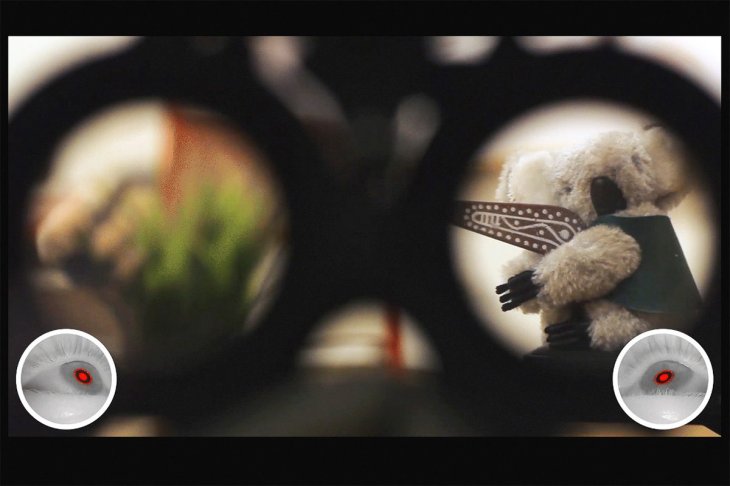
That’s the old way of doing it. Now, the researchers at Stanford University have thought up of a modern solution for the problem: A high-tech pair of glasses that can automatically detect what the wearer is looking at and focus on it for them.
There are benefits to wearing progressive lenses: No one wants the extra work of having to reach out for your reading glass when you need it only briefly like when you want to read a menu or take a glance through your phone. But progressive lenses require you to move your head awkwardly to focus on different objects because of the limited peripheral focus. That is an unnecessary hassle that the project at Stanford could potentially resolve.
Called an ‘autofocals’, the pair of smart glasses is still in its prototype phase. It utilizes a pair of lenses filled with fluid that can automatically adjust themselves to be thicker or thinner to adjust their focal distance.
In the past, there have been similar models used to simulate how the lenses within the human’s eyes work. However, this project enhanced the specifications greatly by adding sensors that could track where and what the wearer is looking at by triangulating. The sensors then send data to a processor, which will take up the role of automatically adjusting the lenses so that objects will always be in perfect focus no matter the distance between the object and the user.

A test composed of 56 patients with presbyopia and all received positive reactions. All agreed that the pair of autofocals is vastly superior to progressive lenses and quicker to reach than reading glasses. The only drawback is the weight and the bulk of the autofocals, which is the size of a Virtual Reality headset.
That is currently the biggest obstacle for the researchers in their hope of bringing the technology into the wider public. People have been used to glasses being thin and lightweight. But the moment you add into the glasses sophisticated sensors, cameras, batteries, e.t.c. it’s going to balloon in size, making the glasses impractical for daily use.
The researchers are hoping that the tech available on the autofocals can one day be miniaturized, and one pair of autofocals can serve a person for several years without an upgrade. Pretty much like the ordinary glasses today. However, that day is still pretty far ahead while we are waiting for technology to catch up with the pace of research and development.
Featured Stories

Gadgets - Jul 21, 2025
COLORFUL Launches iGame Shadow II DDR5 Memory for AMD Ryzen 9000 Series
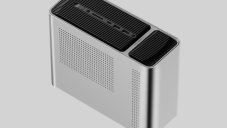
Gadgets - Jun 23, 2025
COLORFUL SMART 900 AI Mini PC: Compact Power for Content Creation

Review - Jun 18, 2025
Nintendo Switch 2 Review: A Triumphant Evolution Worth the Wait

Gadgets - Jun 18, 2025
Starlink: Why It’s a Big Deal for U.S. Internet in 2025

Gadgets - Jun 17, 2025
How Custom PC Setups Support India's Esports Athletes in Global Competition

Gadgets - Jun 12, 2025
Lava Prowatch Xtreme Launches with Google Fit Integration
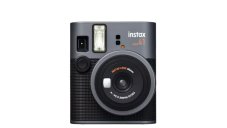
Gadgets - Jun 07, 2025
Fujifilm Instax Mini 41 Launches in India: Stylish Instant Camera Now Available...
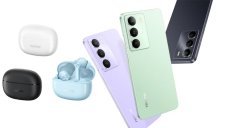
Mobile - Jun 07, 2025
Realme C73 5G Launches in India: Budget 5G Phone Starts at ₹10,499

Gadgets - Jun 07, 2025
OnePlus 13s Makes Indian Debut: Compact Flagship Brings Premium Features at...
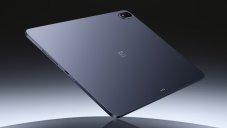
Gadgets - Jun 07, 2025
Comments
Sort by Newest | Popular